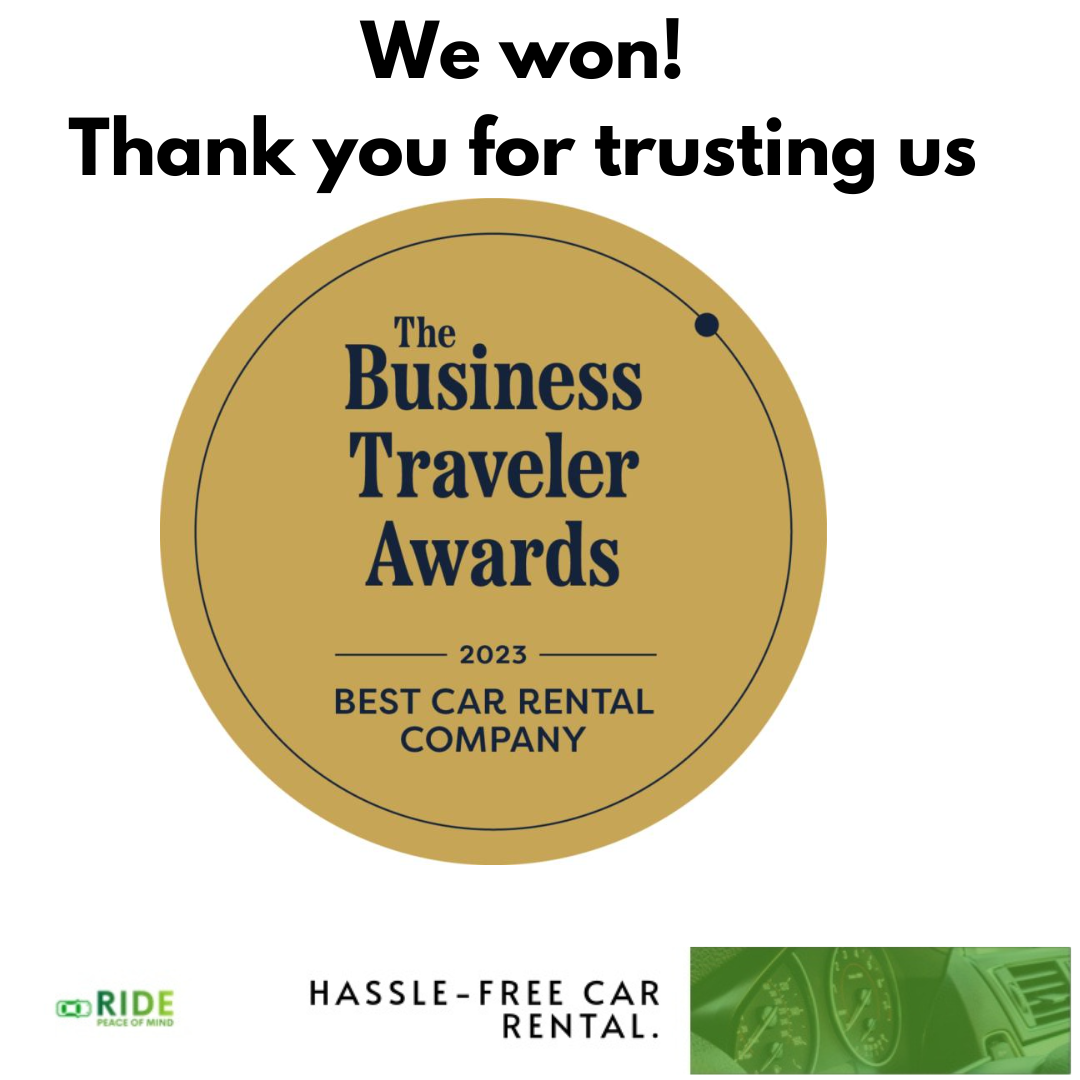Getting Started: Essential Gear for Beginner Cyclists in Kenya
What to buy to start cycling in Kenya

Cycling is a rapidly growing sport and means of transportation in Kenya, especially in urban areas like Nairobi. Whether you're cycling for fitness, commuting, or just for fun, having the right gear is crucial for safety, comfort, and performance. If you're a beginner cyclist in Kenya, here’s a comprehensive guide to what you need to get started, with recommendations on where to purchase your gear.
1. The Right Bicycle
- Type of Bike: The first decision you need to make is the type of bicycle that suits your needs. If you’re cycling mainly on paved roads, a road bike or a hybrid bike is ideal. For those planning to ride on rougher terrains or take on some off-road trails, a mountain bike is better suited.
- Frame Size: Ensure you choose a bike that fits your body size. Most bikes come in different frame sizes, and it’s important to pick one that matches your height to avoid discomfort and potential injury.
- Quality and Brand: Invest in a reliable brand known for durability and performance. Brands like Giant, Trek, and Specialized are popular globally and have a presence in Kenya.
Where to Buy: One of the best places to purchase your bike in Nairobi is Cycling Accessories and Parts. They offer a wide range of bicycles and can help you choose the right one for your needs.
2. Helmet
- Safety First: A helmet is the most important accessory for any cyclist. It protects your head in case of an accident. Look for a helmet that meets international safety standards, fits snugly, and has good ventilation to keep your head cool in Kenya's warm climate.
- Types of Helmets: For road cycling, opt for a lightweight helmet with plenty of air vents. If you're into mountain biking, you might want a helmet that offers more coverage and durability.
Where to Buy: You can find quality helmets at Cycling Accessories and Parts. They stock reputable brands like Kask and Cairbull, known for their safety and comfort.
3. Cycling Apparel
- Cycling Shorts and Jerseys: Proper cycling attire can make a huge difference in comfort, especially on long rides. Padded cycling shorts help reduce friction and pressure, while a moisture-wicking jersey keeps you dry.
- Gloves: Cycling gloves provide extra grip, absorb vibrations from the road, and protect your hands in case of a fall.
- Cycling Shoes: If you're using clipless pedals, cycling shoes are essential. They provide better power transfer and make your ride more efficient. For beginners, it might be better to start with regular athletic shoes before transitioning to clipless systems.
Where to Buy: Shops like Cycling Accessories and Parts in Nairobi offer a good selection of cycling gear. They can also help you choose the right apparel based on your riding style and preferences.
4. Lights and Reflectors
- Front and Rear Lights: If you plan to cycle early in the morning or late in the evening, having front and rear lights is a must. LED lights are bright and consume less battery power. The front light should be white to illuminate the road ahead, while the rear light should be red to alert vehicles behind you.
- Reflective Gear: In addition to lights, consider wearing reflective gear or adding reflective stickers to your bike to enhance visibility.
Where to Buy: Visit Cycling Accessories and Parts to find a range of high-quality lights and reflective gear that meets safety standards.
5. Repair Kit and Tools
- Basic Repair Kit: Even with the best maintenance, flat tires and mechanical issues can occur. A basic repair kit should include tire levers, a multi-tool (with Allen keys, screwdrivers, etc.), a mini-pump, and a spare tube.
- Portable Pump: A hand pump is essential for inflating tires on the go. Look for one that’s lightweight and easy to carry.
Where to Buy: Cycling Accessories and Parts offers a variety of repair kits and tools that are compact and reliable for on-road repairs.
6. Water Bottle and Cage
- Hydration: Staying hydrated is crucial, especially in Kenya’s warm climate. A water bottle and cage mounted on your bike will ensure you have easy access to water during your ride. Look for a bottle that’s easy to squeeze and a cage that securely holds the bottle in place.
Where to Buy: You can find a variety of water bottles and cages at Cycling Accessories and Parts, designed to fit most bike frames.
7. Bike Lock
- Security: Bike theft can be a concern, especially in urban areas. A sturdy bike lock is essential to protect your investment. U-locks are typically more secure than cable locks, though a combination of both provides the best protection.
Where to Buy: Secure your bike with locks available at Cycling Accessories and Parts. They offer high-quality locks from trusted brands.
8. Cycling Computer or GPS
- Tracking Your Ride: A cycling computer or GPS device helps track your speed, distance, and route. For beginners, a basic cycling computer is sufficient, but as you get more serious, you might want to upgrade to a model with GPS functionality.
Where to Buy: Cycling Accessories and Parts stocks a range of cycling computers, from basic models to more advanced GPS units.
9. Insurance
- Cyclist Insurance: It’s worth considering insurance that covers both your bike and yourself in case of accidents or theft. Many insurance companies in Kenya offer policies specifically designed for cyclists.
Where to Buy: While Cycling Accessories and Parts does not offer insurance, they can recommend trusted insurers in Nairobi who provide comprehensive coverage for cyclists.
Conclusion
Getting started with cycling in Kenya is an exciting journey, but it's important to be well-prepared. Having the right gear not only enhances your experience but also ensures your safety on the road. As a beginner, focus on getting a good bike, helmet, and essential accessories like lights and a repair kit. For all your cycling needs, Cycling Accessories and Parts in Nairobi is the go-to shop, offering a wide range of products and expert advice to get you started on the right foot. Happy cycling!



